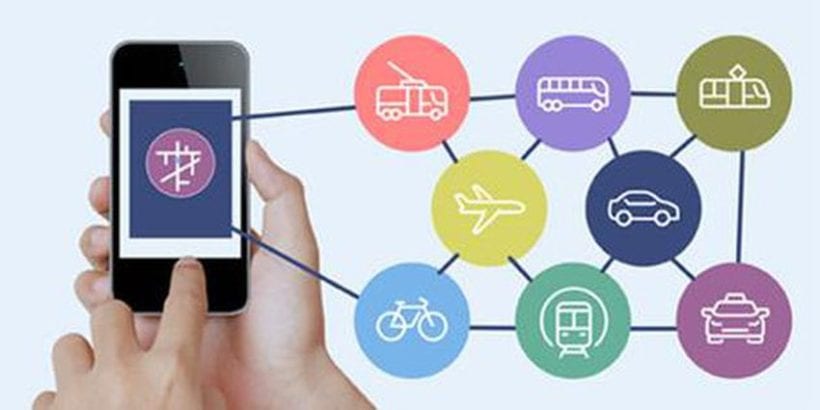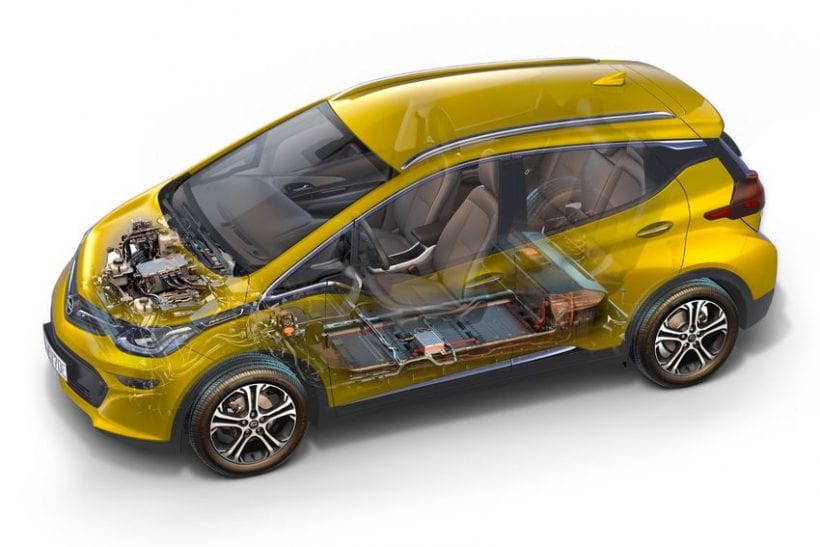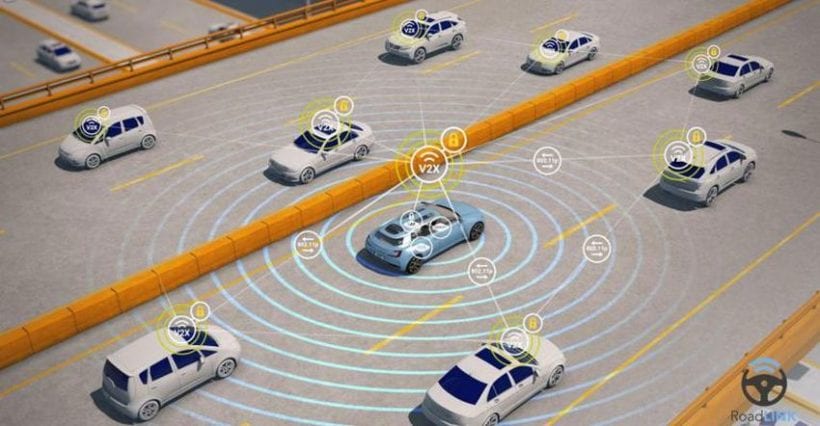2021 is turning out to be extremely interesting for those tracking the latest developments in the automotive tech. It is hard even to pin down any particular trend that one would be able to call the most important. If you have trouble following everything that happens in the industry, you can simply read this article – we have collected the most promising directions and listed them here.
The growing importance of MaaS model

The idea of MaaS (mobility as a service) or shared mobility has been around for quite some time, and it seems that it is only going to grow in the future. According to McKinsey’s survey, an absolute majority of consumers expect to use a lot more non-taxi ride-hailing and ride-sharing services in the next two years. Increased use of shared vehicles will lead to decreased traffic, travel time, and pollution, and most major OEMs seem to understand that this is where the future of the automotive industry lies. In 2019 we are likely to see new MaaS models offered by major players, and further down the line, it is even possible that traditional OEMs will have to reposition themselves as mobility service companies rather than car manufacturers.
High-end connectivity features may be slow in coming

Both businesses and clients have been interested in connectivity functionality for a long time, and it is not surprising that they crop up on most lists of highly anticipated features. However, there is a problem – so far, their applications are too limited, and they are way too expensive. Finance-conscious clients simply aren’t ready to pay an extra $20,000 or more for extensive connectivity features.
That’s why we are likely to see many humbler and cheaper solutions aimed at solving smaller problems, like offering additional functionality with the help of simple devices and mobile applications.
Slow progress towards full autonomy
Despite many major car manufacturers (like Ford, GM, Toyota, and Volvo) claiming to have plans of producing a fully autonomous car almost every year, so far, the progress in this direction has been slower than many would have wanted. Legal frameworks and technological decisions are still in their infancy, self-driving cars are still susceptible to hacker attacks, and the driving ecosystem itself still lacks the much-needed smart regulation.
Thus, we are unlikely to see fully autonomous vehicles this year, and if they appear, it won’t be in the way most enthusiasts envision it. They will be – at least at first – not private cars, but commercial vehicles owned by companies, operating within geofenced areas at relatively smal speeds (e.g., shuttle buses in airports).
Electric vehicles

Most car manufacturers see electrification as one of the most crucial aspects of the future of the automotive industry. The success of Tesla motivated larger OEMs to increase their efforts towards electrifying their fleets.
The growing importance of anti-hacking measures

As cars grow more and more dependent on digital tech and get more connected, their computer systems gradually become just as important as mechanical parts. Their high-tech elements no longer serve as pleasant but non-essential add-ons – they are crucial for the car’s functioning.
This means that digital security becomes a major issue – if the software is not up to the task, hackers can get access to a car without physically breaking into it. As a result, if you want always to be sure you and you only can use your car, it is not enough to keep an eye on your fob battery and replace it when necessary (as described on fobbattery.com), but also make sure you get all the software updates on time.
V2X

Normal driving is a complex and dynamic social process: a driver constantly perceived information from around him, operates based on his prior experience, common sense, and, sometimes, hunches. A car cannot do all this and has to achieve the same (and preferably better) results in some other way.
In order to be fully smart, vehicles have to collect and process an enormous amount of data (by different estimates, this amount ranges from 11 to 152 Tb per day!). Thus, Vehicle-to-Everything (V2X) connectivity technology is going to be one of the major investment trends in the automotive industry for at least the next few years. In order to navigate in ever-changing environments, cars have to “talk” to other vehicles, objects on the road, cyclists, infrastructure, pedestrians, and data centers. Ensuring this process goes on constantly without interruptions and glitches is a significant obstacle on the way to truly autonomous vehicles, and the industry will have to put a lot of effort into solving it.
AR as a part of digital safety
AR (augmented reality) has enormous promise in the area of road safety. Using AR, a driver can literally see through traffic and make decisions based on information that is normally inaccessible to him. For example, he can see through a giant truck in front of him before trying to overtake it, thus saving himself from potential unpleasant surprises.
Also (although it may be less fascinating) AR can significantly improve the prototyping process and decrease expenses on this stage – with its help, manufacturers can create digital prototypes of new models and even test their performance.
Automotive tech does not stand still – keep on reading us if you want to follow all the latest developments and always be in the know!




